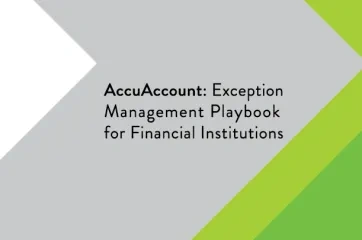Bank and credit union record retention requirements detail the mandatory minimum length that financial institutions must keep various documents.
For example, check out the Federal Insurance Corporation’s schedule or this state’s guidelines.
Goal: Purge Records as Soon as Possible
Financial institutions must work to remain compliant with record retention requirements, and part of a bank or credit union auditor’s or examiner’s job is to ensure that the rules are being followed.
However, once a financial institution has fulfilled the obligation, the best practice is to purge those documents. This is for two main reasons:
- Subpoena Requests: First, if a bank or credit union is still storing files beyond their necessary retention period, it may be required to supply documents if subpoenaed.
- Storage Limitations & Costs: A second reason for destroying documents that have gone past their legal retention requirement is simply due to storage considerations.
Paper vs. Electronic Storage
Traditionally, banks and credit unions boxed up paper files and sent them to an off-site facility. Or, if the space were available, some or all documents would be kept on-site. Under either model, institutions had to develop a cataloging system (hard copy lists, spreadsheets, etc.) for tracking where their files were located. After a financial institution fulfilled its retention period for a document, the document was then identified in storage and shredded.
Today, some banks and credit unions use digital storage systems to save time and money, while remaining compliant with record retention requirements. Electronic document imaging software, such as AccuAccount, allows banks and credit unions to scan in a paper file and then immediately shred the hard copy. Administrators can set up rules in the software to comply with and track in alignment with bank and credit union record retention requirements. When a document is initially entered into the system, the purge date is automatically assigned (based on the financial institution’s predefined rules) so that the document is flagged to purge at exactly the right moment in the future. The institution can then run an annual purge and remove all files flagged for deletion.
Banking Resources
For more information about document management best practices in financial institutions, be sure to check out our extensive Innovation Hub with free spreadsheets, whitepapers, and eBooks.
Browse our banking definitions page for more terminology.







